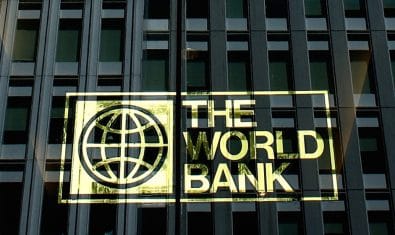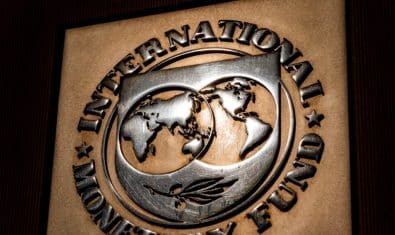Pakistan’s GDP growth rate is expected to increase between 5 to 6 percent by the end of current financial year as against the government’s target of 5.7 percent for the same year, State Bank of Pakistan (SBP) said in its annual review report “The State of Economy”.
The central bank prediction is very cautious, and is aimed at avoiding displeasure from the government which missed the last target of 5.5 percent it set itself in the outgoing financial year 2015-16. Pakistan had attained only 4.7 percent growth during 2015-16, missing the target by whooping 1 per cent point.
The World Bank, on the contrary, has made the forecast that Pakistan will achieve a 5% GDP growth rate at the closing of current financial year 2016-17 as against the target of 5.7 percent set by the Federal Government in the last budget.
It must be mentioned here that 5.4 percent GDP growth rate by Pakistan is predicted by World Bank for the financial year 2017-18.
SBP predicted that the major contributions for this increase are expected to come from a recovery in agriculture sector. Further increase in industrial activity is also expected whereas the services sector is envisaged to maintain the growth of the previous year.
In line with soft commodity prices in the international market, inflation outlook for Pakistan remains subdued for now. However, the CPI may settle between 4.5 to 5.5 percent by end of ongoing financial year.
On the fiscal side, the government has envisaged a budget deficit of 3.8 percent of GDP for FY17 – 80 bps lower than the actual deficit of 4.6 percent in FY16. This would require strong fiscal discipline and concerted efforts to enhance revenues.
Measures include the continuation of taxation reform for widening the tax base and bringing more people in the tax net to achieve the target.
SBP said that fiscal deficit may settle between 4 to 5 percent in the financial year of 2016-17 as against of the government target of 3.8 percent, which is an ambitious task.
Exports are expected to post a marginal recovery in FY17 but will grow between $ 22 billion to $23 billion as against of $24.7 billion of the government target.
The gradual transformation of the Chinese economy has created an opportunity for textile sector of Pakistan. Specifically, as China is moving away from low value added textiles due to rising labor cost, Pakistan’s textile sector could step in to fill the gap, and get integrated in the global value chain.
On the import side, the ongoing power and construction related projects under CPEC are likely to weigh in heavily, which will grow its annual value from $42 billion to $43 billion as projected by SBP.
A moderate increase in domestic demand, and the expected recovery in global commodity prices, would also contribute towards import growth during FY17. The demand for machinery and steel would remain strong in Pakistan, the report said.
In case of workers’ remittances, the double-digit growth realized in the past many years, is less likely to be the case. Despite a gradual recovery in oil prices, the Gulf governments are unlikely to revert to volumes of infrastructure spending that were in place before the oil price crash. Therefore, remittances growth is expected to remain tepid in FY17 at $20 billion.
In overall terms, the current account deficit is likely to stay in the range of 0.5 – 1.5 percent of GDP during financial year of 2016-17, SBP commented in its report.
With an improved macroeconomic environment, better energy supplies, and subsiding security concerns, business sentiments are upbeat. In addition, smooth progress on CPEC-related projects will ease infrastructure and energy constraints, and also create demand for industrial output, the SBP report said.
Economic activity would also benefit from pro-growth policies as the policy rate currently stands at a historic low of 5.75 percent, which has made funding easier for businesses and consumers. Similarly, growing development spending, despite a planned reduction in budget deficit, would continue to support infrastructure-related industries, SBP commented in its report.


























